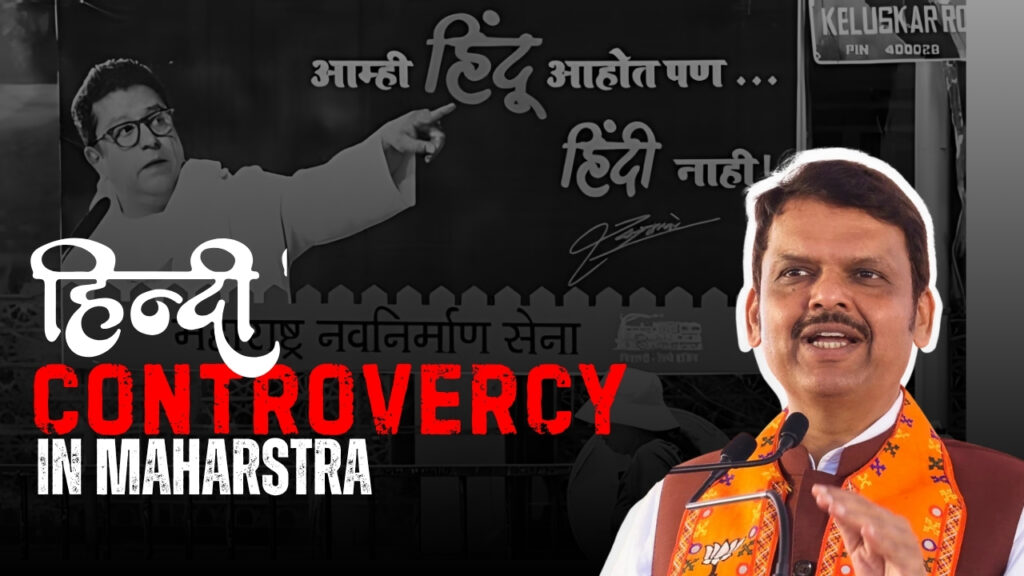DAILY CURRENT AFFAIRS IAS | UPSC Prelims and Mains Exam – 19th July – 2025
Archives (PRELIMS Focus) Measles-Rubella Category: INTERNATIONAL Context: India has dispatched 3 lakh (300,000) doses of the Measles-Rubella (MR) vaccine to Bolivia in response to a measles outbreak, along with ancillary medical supplies. Bolivia recently declared a National Health Emergency after 60–98 confirmed measles cases, mostly among unvaccinated children. Key Highlights: Outbreak in Bolivia: Rising measles cases prompted door-to-door vaccination drives. India’s Role: Part of health diplomacy and solidarity with the Global South. Global Context: Measles cases are increasing in the Americas and Europe, emphasizing the need for coordinated global immunization efforts. Official Message: India reaffirmed its commitment to global public health and cooperation with friendly nations. This initiative strengthens India-Bolivia relations and reflects India’s proactive role in international health crises. Learning Corner: Measles-Rubella (MR) Measles and Rubella are contagious viral diseases that primarily affect children and can lead to severe complications if not prevented through vaccination. Measles Cause: Measles virus (Morbillivirus). Transmission: Airborne; spreads through coughs, sneezes, and contact with infected surfaces. Symptoms: High fever, cough, runny nose, conjunctivitis, followed by a red rash. Complications: Pneumonia, encephalitis, blindness, and death, especially in malnourished children. Rubella (German Measles) Cause: Rubella virus (a Togavirus). Transmission: Airborne; mainly affects children and young adults. Symptoms: Mild fever, rash, swollen lymph nodes. Complications: Dangerous for pregnant women; can lead to Congenital Rubella Syndrome (CRS) in the fetus, causing birth defects. Measles-Rubella Vaccine (MR Vaccine) Type: Combined live attenuated vaccine. Schedule: Two doses recommended — typically at 9–12 months and 16–24 months of age. Purpose: To eliminate both measles and rubella through immunization. India’s MR Campaign Launched in 2017 to eliminate measles and control rubella. Targeted 410 million children aged 9 months to 15 years. Significant drop in cases reported due to widespread vaccination coverage. Source: AIR Question Hour Category: POLITY Context: Importance of Question Hour. Question Hour is a crucial mechanism in India’s parliamentary democracy, held at the beginning of each sitting. It ensures executive accountability by compelling ministers to publicly answer questions about their ministries’ actions and decisions. Why It Matters: Ensures Transparency: Ministers respond to oral (starred) or written (unstarred) questions, making their actions open to scrutiny. Promotes Real-Time Accountability: MPs can ask follow-up questions, exposing policy gaps and implementation issues. Highlights Public Concerns: Brings urgent or overlooked issues to national attention. Links Government to Citizens: Allows the public, through their MPs, to question the government directly. Present-Day Relevance: With other forms of detailed debates becoming rare, Question Hour remains one of the few consistent tools for holding the executive accountable. Types of Questions: Type Description Significance Starred Oral answer with follow-ups Ensures direct ministerial response Unstarred Written answer only Provides detailed documentation Short-notice For urgent matters Raises pressing national issues Private member From non-minister MPs Encourages broader participation Learning Corner: Parliamentary Tools to Ensure Government Accountability In a parliamentary democracy, the executive is collectively responsible to the legislature. The Indian Parliament uses several mechanisms to scrutinize the actions of the government and ensure transparency and accountability: Question Hour Held at the start of each sitting. MPs ask starred, unstarred, or short notice questions to ministers. Helps extract information, expose lapses, and clarify policy decisions. Zero Hour Unscheduled discussion after Question Hour. Members raise urgent matters of public importance without prior notice. Adjournment Motion Introduced to draw attention to a definite matter of urgent public importance. Leads to adjournment of normal business and discussion of the issue. A strong tool, used rarely. Calling Attention Motion Used to call a Minister’s attention to a matter of urgent public importance. Minister responds with a statement followed by discussion. Debate on Motion of Thanks to the President Post-President’s Address, MPs discuss government’s policies and programs. Serves as a mini confidence motion. No-Confidence Motion Moved in Lok Sabha to test the government’s majority. If passed, the government must resign. Censure Motion Criticizes specific policies or actions of the government. Does not require resignation, but expresses disapproval. Parliamentary Committees Standing Committees and Department-Related Committees examine bills, policies, and budgets in detail. Function as watchdogs with subject-matter expertise. Budgetary Control Tools Discussion and voting on Demands for Grants. Cut motions (policy, economy, token) to question expenditure. Appropriation Bill and Finance Bill debates test fiscal accountability. Reports and Audits CAG Reports, laid before Parliament, are examined by PAC (Public Accounts Committee). Government is held accountable for financial irregularities and inefficiencies. Source: THE INDIAN EXPRESS UAPA Category: POLITY Context : The Bombay High Court has upheld the constitutional validity of the Unlawful Activities (Prevention) Act (UAPA), dismissing petitions that challenged its legality in the Elgar Parishad case. Key Legal Findings: Not a Preventive Detention Law: Despite using the term “prevention,” UAPA is not classified as a preventive detention law. Date of Commencement: The Act came into force on 30 December 1967, the date it received Presidential assent, as per legal norms. Legislative Competence: Parliament has the constitutional authority to enact laws like UAPA under Article 22 and List I powers. On Amendments and Non-Notified Clauses: The court held that unless specific provisions are officially notified, original provisions continue to apply. Fundamental Rights Challenge: Allegations of violations of Articles 14, 19, and 21 were rejected, and the law was upheld as constitutional. Learning Corner: UAPA (Unlawful Activities (Prevention) Act), 1967 The Unlawful Activities (Prevention) Act (UAPA) is India’s primary anti-terror law aimed at preventing activities that threaten the sovereignty, integrity, and security of the nation. Key Features: Objective: To prevent unlawful activities and associations that threaten India’s sovereignty and integrity. Scope: Covers acts of terrorism, support to terrorist organizations, and membership in or association with banned groups. Wide Powers to Government: Enables the central government to declare individuals and organizations as terrorists or unlawful. Stringent Bail Provisions: Accused under UAPA face reverse burden of proof, and getting bail is difficult due to strict conditions. Amendments: 2004: Brought terrorism within UAPA after POTA was repealed. 2019 Amendment: Allowed individuals (not just organizations) to be designated as terrorists. Constitutional Standing: Parliament has the legislative competence to enact UAPA under Entry 9 of List
DAILY CURRENT AFFAIRS IAS | UPSC Prelims and Mains Exam – 19th July – 2025 Read More »



